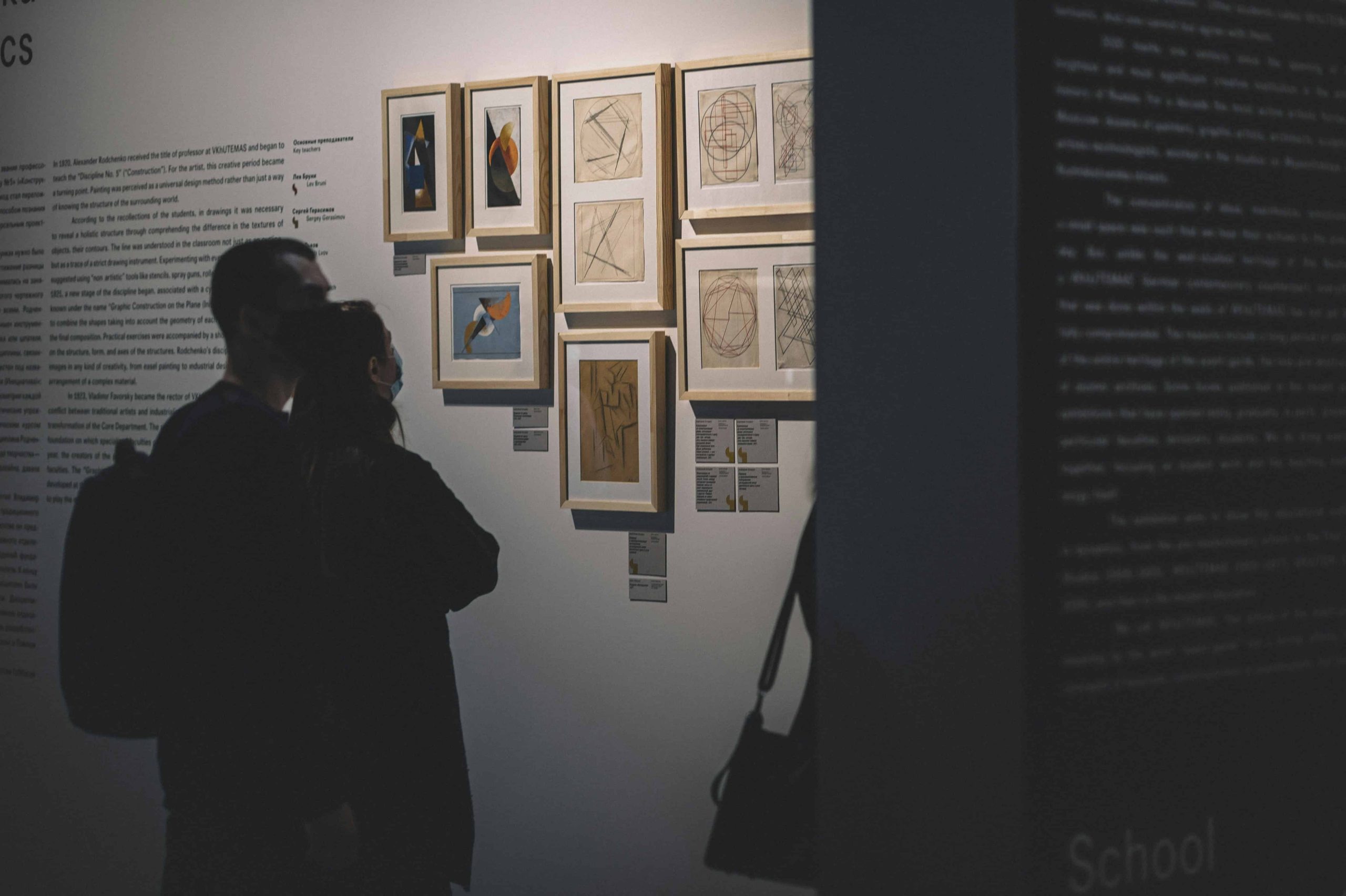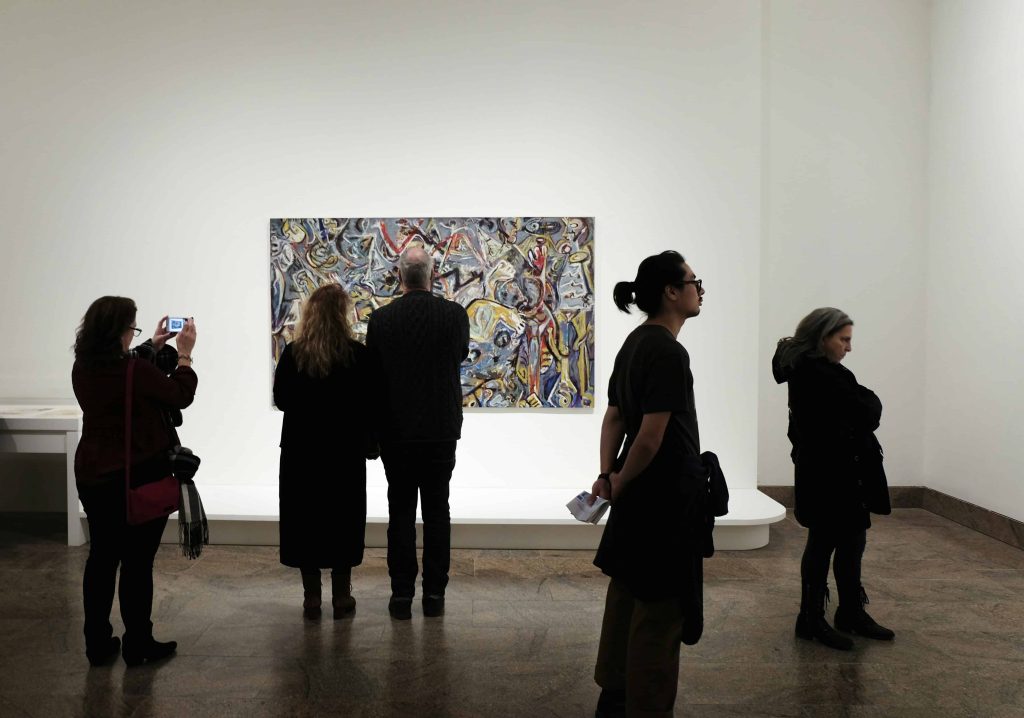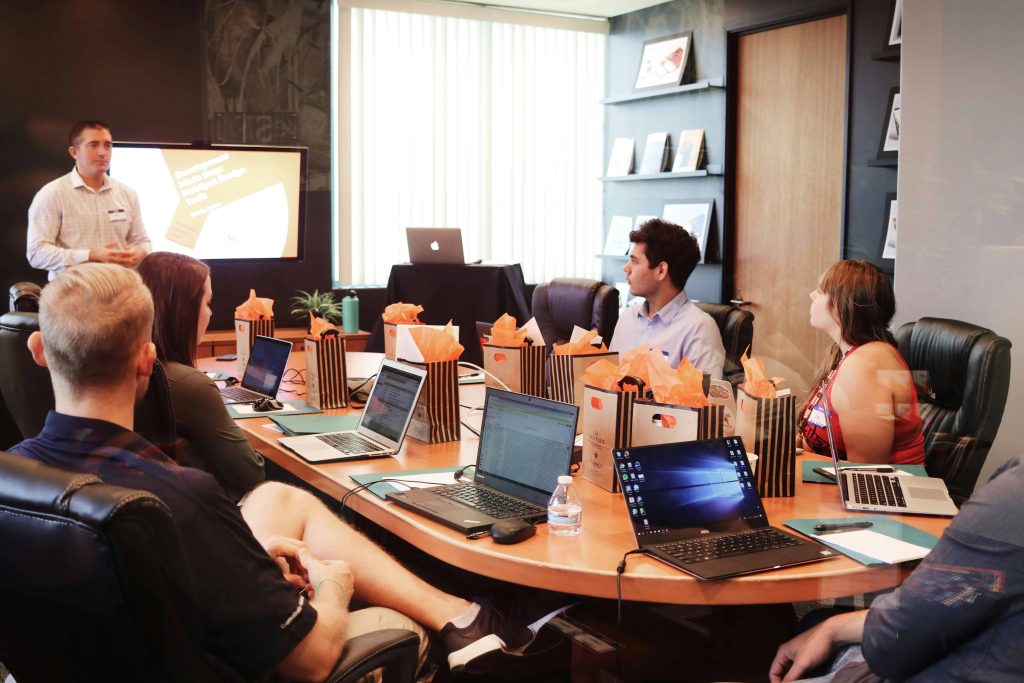
14 Apr Funding and Support for International Art Projects
Building Bridges: Strategies for Financing Global Art Initiatives
In today’s interconnected world, international art projects play a pivotal role in fostering cultural exchange and artistic development. However, one of the primary challenges faced by organizers is securing adequate funding and support due to the expansive nature of these initiatives. In this article, we explore various funding sources and strategies for international art projects to thrive.
International art projects serve as bridges between diverse cultures, allowing artists to collaborate, share perspectives, and create works that transcend geographical boundaries. These projects not only enrich the global cultural landscape but also promote understanding and appreciation among different communities. Nevertheless, the complexity of organizing and sustaining such endeavors often necessitates robust financial backing.

Funding Sources for International Art Projects
Public Funding
- National Arts Councils and Cultural Ministries: Government bodies such as the Arts Council England provide grants and support to facilitate the realization of artistic endeavors. Arts Council England is a prime example of a national institution dedicated to fostering creativity and innovation.
- International Organizations: Entities like UNESCO actively promote cultural exchange and heritage preservation through funding programs tailored to international art projects.
Private Funding
- Foundations and Philanthropists: Many foundations and individual philanthropists are passionate about supporting the arts. They offer grants and donations to enable the execution of ambitious international art initiatives.
- Corporate Sponsorships: Corporations recognize the value of associating with culturally significant projects. Through sponsorships, they contribute financially while also enhancing their brand image.

Strategies for Securing Support
Developing a Strong Project Proposal
Crafting a compelling project proposal is paramount in securing funding. A comprehensive proposal should succinctly outline the project’s aims, methodologies, and expected outcomes. Emphasizing its global impact reinforces its significance, underscoring the importance of cross-cultural dialogue and artistic exchange.
Researching Potential Funders
Thorough research into potential funding avenues is essential. Identifying stakeholders aligned with the project’s ethos and objectives enhances prospects for financial backing. Familiarity with application deadlines and eligibility criteria ensures timely and relevant submissions, maximizing the chances of success.
Crafting a Compelling Grant Application
Tailoring grant applications to fit each funder’s preferences and guidelines is key. Highlighting the project’s innovation and potential for success makes it stand out amid competing proposals. Addressing the specific interests of donors demonstrates attentiveness and increases the likelihood of securing their support.
Networking and Building Relationships
Establishing connections within the international art community is vital for securing support. Engaging with fellow artists, curators, and organizations fosters collaboration and opens avenues for funding. Participation in relevant events and conferences provides valuable networking opportunities, paving the way for meaningful partnerships.

Conclusion
In conclusion, while funding international art projects presents significant challenges, there are various avenues available for support. By tapping into public funding, private donations, and corporate sponsorships, organizers can bring their creative visions to life. By following strategic approaches such as developing strong proposals, researching funders, and fostering relationships, the future looks promising for international art projects seeking financial backing. Together, we can continue to champion cultural exchange and artistic expression on a global scale.
Key Takeaways
- Importance of International Art Projects: These projects facilitate cultural exchange and artistic growth, enriching the global cultural landscape and fostering understanding among diverse communities.
- Funding Sources:
- Public Funding: National arts councils and international organizations like UNESCO offer grants and support.
- Private Funding: Foundations, philanthropists, and corporate sponsorships are key sources of financial support.
- Strategies for Securing Support:
- Develop a strong project proposal emphasizing global impact.
- Conduct thorough research to identify aligned funders and meet their criteria.
- Tailor grant applications to highlight innovation and address donor interests.
- Network within the international art community to build relationships and collaborations.
- Conclusion: Despite challenges, funding for international art projects is achievable through a combination of public, private, and corporate support. Strategic approaches such as strong proposals, targeted research, and networking contribute to the success of these endeavors, promoting cultural exchange and artistic expression globally.
FAQs
How can international art projects secure public funding?
International art projects can secure public funding through entities like national arts councils and cultural ministries, such as Arts Council England, which offer grants and support. Additionally, organizations like UNESCO provide funding programs tailored to international art projects.
What strategies can organizers use to secure support for international art projects?
Organizers can employ strategic approaches like crafting strong project proposals emphasizing global impact, researching potential funders aligned with project objectives, and tailoring grant applications to fit donor preferences. Networking within the international art community also enhances opportunities for support.
How do private donations and corporate sponsorships contribute to international art projects?
Private donations from foundations and philanthropists, along with corporate sponsorships, are essential for international art projects. These contributions enable the execution of ambitious initiatives and enhance the project’s financial sustainability.
Immerse yourself in a compelling narrative that highlights the pivotal role of artists in advocating for a more sustainable and ecologically balanced world.

